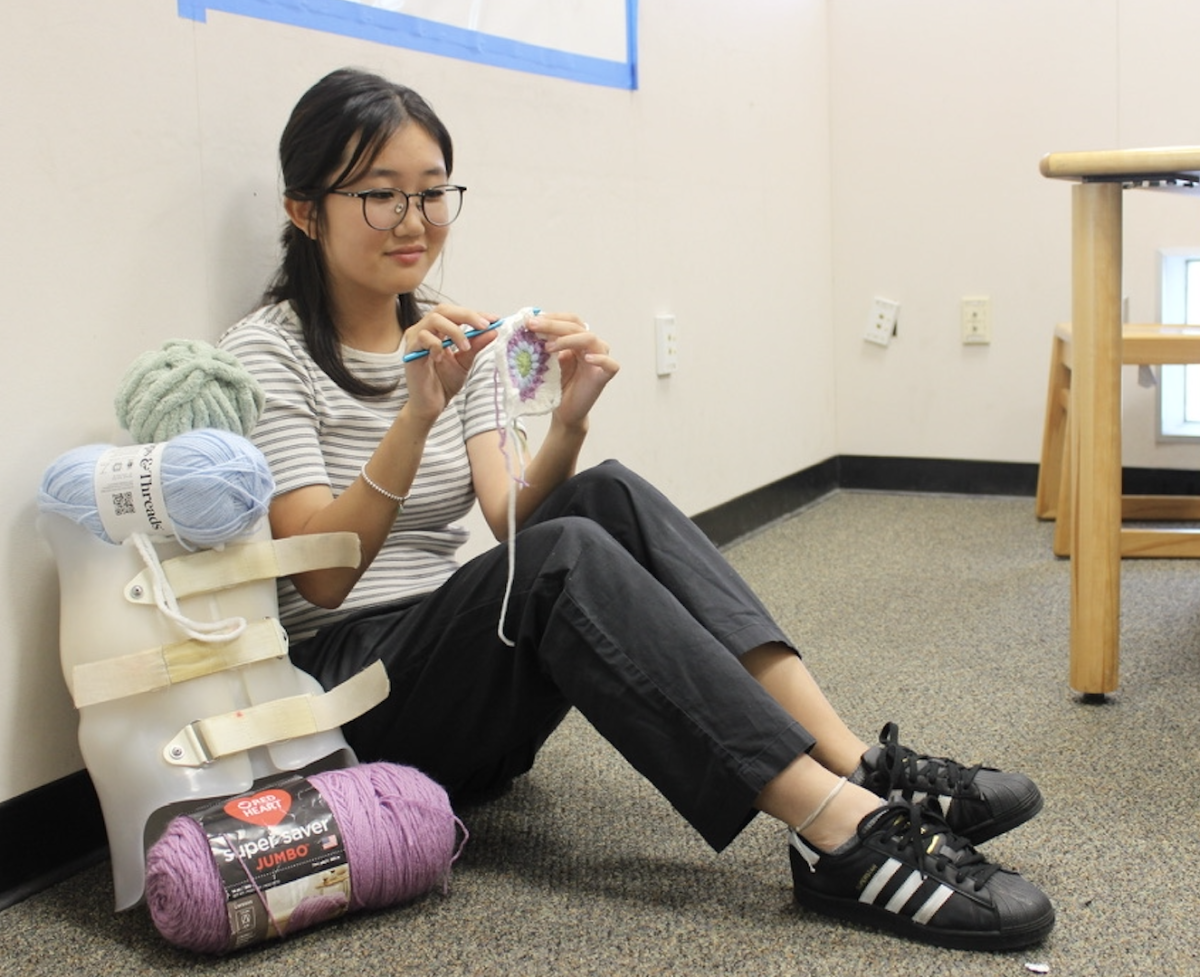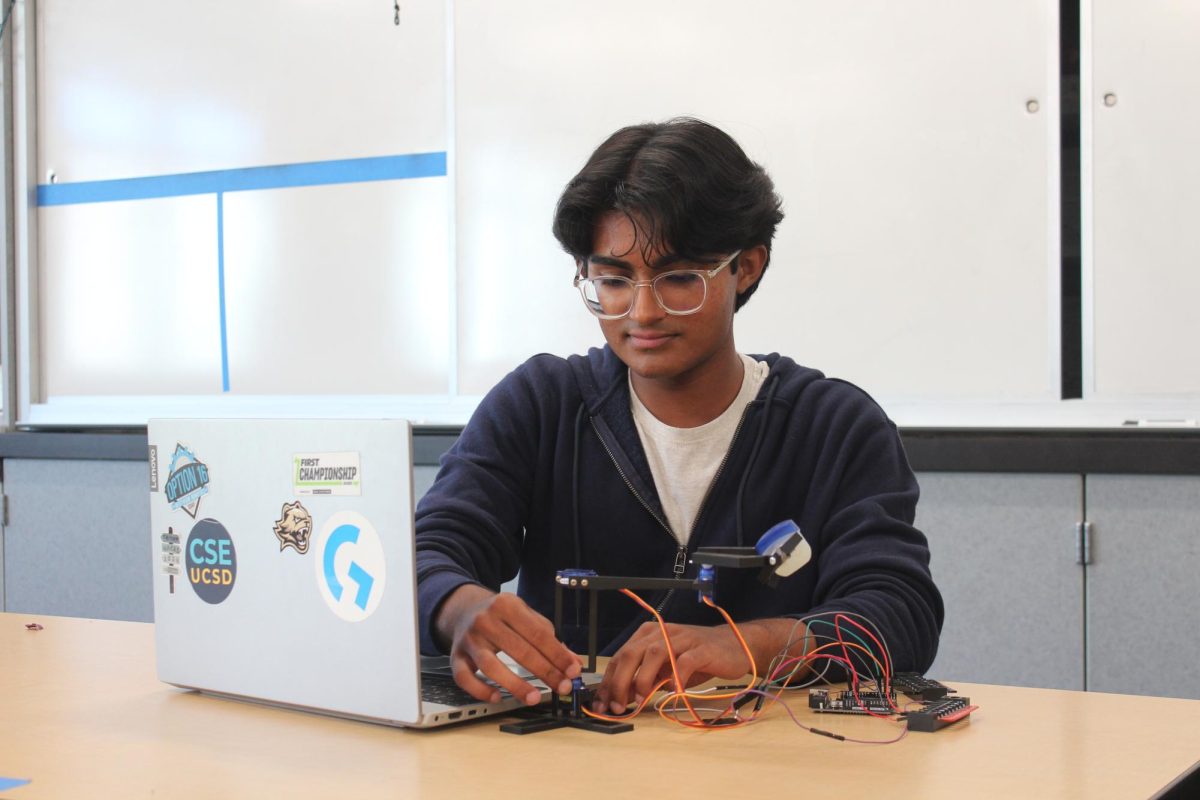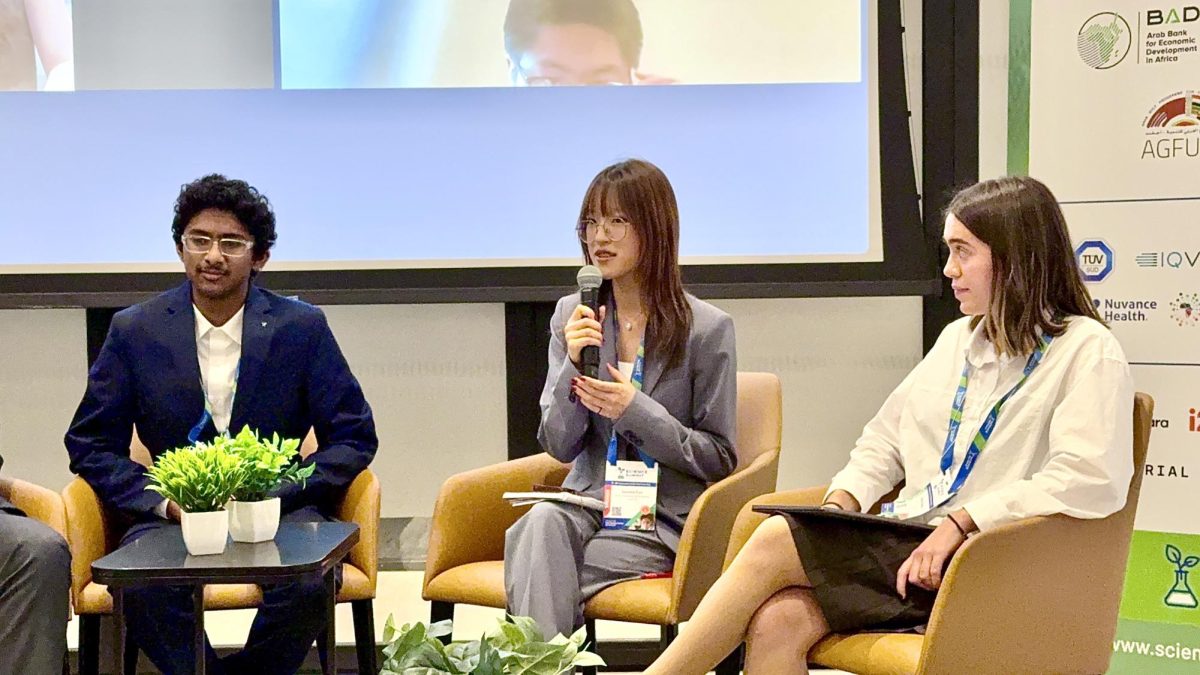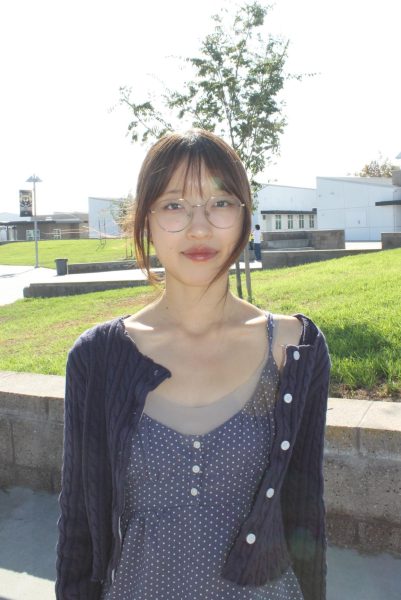
William Nguyen (12) dashed around the ER, dodging doctors, nurses, and patients. One second he was taking a patient’s weight, the next he was handing out a puke bag, the next he was comforting a family member; there seemed to be an endless number of tasks to finish, stressed patients to check in on, and people to report to.
Since his sophomore year, Nguyen has been volunteering at Kaiser Permanente’s San Diego medical center. This wasn’t his first experience with taking care of people, however. Throughout middle school, he took care of his grandmother who is blind and has Alzheimer’s.
“I would help her with general things like help her walk to the bathroom or grab her food,” William said. “By taking care of her, I realized that I really like helping other people. That led me to the path of going into and exploring medicine.”
So, when he first found out about the program, Nguyen jumped at the opportunity.
“The initial [application] is more basic, you give them your resume and a recommendation letter and a few essays, and then you go to a group interview,” he said.
When he started out a year earlier, Nguyen worked as a desk guide, an introductory job given to all new volunteers.
“Our main job was to stand in the front of the hall and greet the patients who are coming in and direct them where they are going,” Nguyen said. “On top of that, we dealt with discharges. [When the nurses call for a discharge], we’ll come with a wheelchair and take the patients down to their car.”
After the required six months of working as a desk guide were up, Nguyen immediately applied for a position in the nursing units.
“I wanted to have a little bit more direct patient care because a lot of the time we would just be saying, ‘good morning’ and not really doing anything [medicine related],” he said.
As a volunteer in the nursing units, Nguyen was tasked with rolling a care cart with games and daily necessities, such as deodorant, around the hospital. He would also take the patients’ food orders, fix TVs, call family members, and perform any other small tasks needed.
After another six months, Nguyen wanted to gain more hands-on experience in the hospital, and applied to volunteer in the emergency department.
“I wanted to work [in the emergency department] because it gives you a general grasp of everything in a hospital,” he said. “Patients, a lot of the time, are panicked and mad. I feel like it shows the worst side of the hospital, so being exposed to that and being able to deal with that is important.”
There, Nguyen was shocked by the fast pace and intensity of the environment.
“It’s a lot more hectic because the patient comes in with an issue that is already pretty serious,” he said.
As part of his position in the ER, Nguyen helps take patient vitals, transport specimens to labs, assist nurses, comfort patients, and hand out barf bags.
However, the learning curve was steep according to Nguyen, with the seven-story hospital being large and difficult to navigate and with numerous new situations he’d never experienced before.
“In the beginning, I had to do a lot of walking around just to learn where everything was,” Nguyen said. “But now I know the hospital like the back of my hand. Volunteering in the ER exposed me to different situations in the hospital, especially with patients who have neurological disabilities. It prepared me for what to expect in the future. ”
Nguyen found that what intrigued him the most were the patients who were admitted for mental health reasons such as attempted suicide.
“I would see a lot of suicidal patients coming in, and nurses would ask them, ‘Do you have plans to kill yourself?’” Nguyen said. “And the patient would immediately say yes. Hearing people openly talk about suicide really hurts because personally, I’ve had experience dealing with my own friends who wanted to kill themselves. It makes me realize that this issue is a lot bigger than it seems. This experience helped me realize that I want to tackle these kinds of issues [in the future].”
For Nguyen, volunteering in the hospital provided him with a valuable hands-on learning experience, allowing him to interact with patients and observe how doctors act.
“It’s been able to help me with the social aspect of being a doctor and the kind of tolerance that comes with working at a hospital,” Nguyen said. “I was really shy back then, but now it’s a lot easier to hold a conversation with people. You also have to have a lot of patience and emotional tolerance because sometimes patients yell at you or get mad at you” Nguyen said.
After two years of volunteering at Kaiser and learning about what a doctor’s job entails, Nguyen cemented his aspirations for the future.
“I want to go into neuroscience and tackle these types of issues like [mental health] and Alzheimer’s,” he said. “The brain is just so complex and I feel like there’s a lot of things I can explore.”






